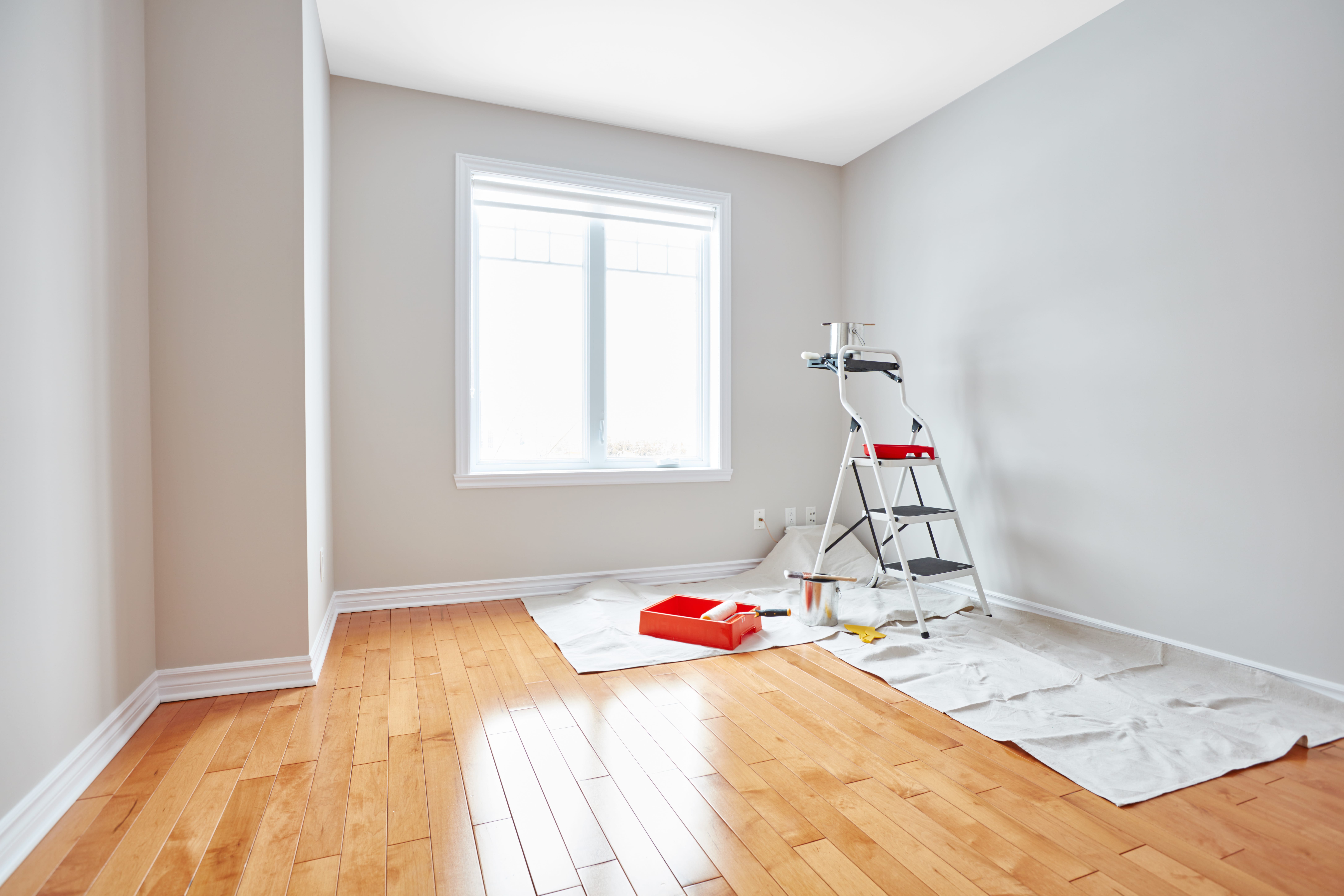[ad_1]
One frequent problem many gardeners encounter with tomato plants is leggy, spindly growth. The best way to prevent this is to plant your tomato plants as deeply as possible to encourage a robust root system.
Generally speaking, it’s a good idea to dig a hole that allows about two-thirds of your tomato plant to be underground. The plants’ stems will develop more roots when planted in the soil.
In this article, we will discuss deep-planting tomatoes and trench-planting tomatoes to encourage vibrant root growth. Read on to learn more.
Tomato Plants Have Adventitious Roots
When you examine the stems of tomato plants, you will see lots of little hairs and some tiny bumps. These bumps are roots waiting to happen. They are adventitious roots that form on the stems of tomato plants.
By removing excess leaves from the lower part of the plant’s stems and burying those stems, you can get your tomato plants to grow more roots.
More roots mean stronger plants that produce more fruit, deflect pests and disease, and fare better in times of drought.
Deep Soil Facilitates Deep Roots
The soil profile is important in encouraging tomato plants to grow many strong, deep roots.
Although tomato plants will tolerate all sorts of soil, they do best in light, airy, well-draining soil tilled deeply and amended with lots of rich, organic matter.
In this sort of soil, the roots of tomato plants may reach as deeply as ten feet into the earth.
In most cases, though, most roots will develop in the first couple of feet of soil. For this reason, it’s a good idea to till to a depth of at least eighteen inches.
If you have a lot of clay in your soil or are working with a hard pan, you may need to till deeper or set up a raised bed gardening arrangement.
Tomatoes Grow Well In A Deep Hole Or In A Trench
To get good stem-to-soil contact, you can plant your tomato seedlings in individual deep holes or dig a relatively shallow, wide ditch and lay your plants down.
Deep Hole: When using the deep hole method, you can plant small seedlings deeply enough that only the top set of leaves remains above ground. If you are planting larger tomato plants, you’ll need to keep more leaves in place. In this case, make a hole that will bury your plants up to their lowest set of healthy leaves.
When you bury your tomato plants deeply, they will have better access to water found deep in the soil. Even so, you should water your plants immediately after planting them.
Trench: If you have a lot of plants, you may find it easier to dig a long, shallow ditch than to dig lots of deep holes. This method is good for tomato seedlings between 6″ and 10″ inches tall.
To use the trench method, dig a trench 6″ inches deep and as wide as the plant’s root ball measurements and the amount of stem you wish to bury.
You can dig your trench flat-bottomed or angled downward on one side so that the root ball sits a little deeper than the buried stem. Doing this will prevent the plant’s exposed part from lying flat on the ground.
Once your trench is dug, remove the lower leaves from your plants, loosen the root balls, and lay the plants in the trench.
Cover the root balls and stems with prepared soil leaving the tops of the plants exposed to sun and air. Water your plants deeply, but avoid getting water on the leaves.
If you want to give the tops of the plants a little support to keep them off the ground, you can, but be careful not to break the stems. This will kill the plant.
Staking really shouldn’t be necessary for this early phase. Even if the tops of the plants are touching the ground to start with, they will begin to rise toward the sun within a day or two and will grow upright in no time.
Once this happens, you can gently put tomato cages or stakes in place. Be careful not to poke holes in the plant’s root balls with stakes or the legs of your tomato cage.
It is a good idea to prevent tomato leaves from having continuous, long-term contact with the soil, as this can lead to fungal infection and other soil-borne diseases.
This is why it is smart to remove the lower leaves from your tomato seedlings before deep or trench planting.
The advantage of trench planting is that the top 6″ inches of soil are typically warmer than deeper levels. Therefore, you may need to water more initially. Putting a few inches of mulch over the trench will help prevent moisture loss.
Deep Planting Tomatoes Is A Win-Win
Even though most plants will die if you plant them too deeply, tomato plants are the exception to the rule.
Deep planting encourages strong, abundant root growth, leading to healthier plants, better fruit production, and, potentially, less work on your part.
When you deep plant your tomatoes, you may be able to start your tomato growing season a little earlier than usual. This is because burying a large part of your plants protects against cold snaps.
With only a small portion of the plant exposed, you can very easily toss a sheet or blanket over your little tomato plants when cold weather is predicted.
[ad_2]
Source link










 + Planting String of Watermelon Succulents
+ Planting String of Watermelon Succulents  with Garden Answer
with Garden Answer


